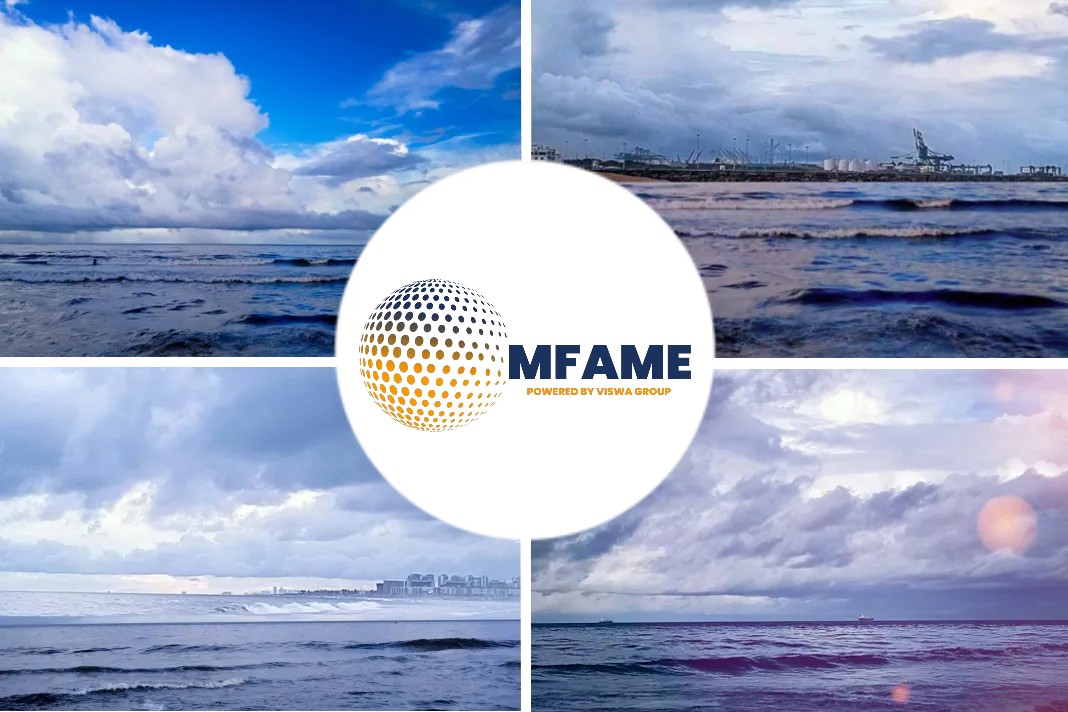- A UK-based startup with backing from some of the biggest names in nuclear energy has applied to the U.S. Department of Energy for cost-sharing support.
- It is for the development of a new generation of nuclear power for commercial ship propulsion.
- Nuclear-powered civilian shipping had a small heyday during the Cold War.
- It was the time when the United States, the Soviet Union and Japan invested in demonstration vessels that could operate for years without refueling.
A recent news article published in Maritime Executive reveals how a UK-Based startup comes up with a new technology for nuclear-powered shipping.
Eisenhower administration and peace ship
In the U.S., the Eisenhower administration conceived of a nuclear-powered ‘peace ship’ that would carry passengers and cargo in small quantities to serve as a demonstration of the potential for civilian nuclear energy projects.
The result, the NS Savannah, entered service in 1962 and operated until 1972, when the Maritime Administration decommissioned her over cost concerns.
Japan’s entrant
Japan’s entrant, the freighter Mutsu, began her service life in 1974. She suffered a minor reactor shield fault on her maiden voyage, which led to a wave of negative publicity, and her operators had to negotiate with port communities in order to find her a new berth.
She was not fully repaired until 1982 and did not set sail again until 1991.
She was decomissioned one year later, and her reactor core was removed so that she could be converted into a conventionally-powered oceanographic research vessel.
Soviet-built icebreaking LASH vessel
The Soviet-built icebreaking LASH vessel Sevmorput is the only remaining nuclear-powered merchant cargo ship in civilian use.
Operated by Atomflot, the agency charged with running Russia’s nuclear-powered icebreaker fleet, Sevmorput carries containerized cargo and project cargo along Russia’s Northern Sea Route (NSR).
Shortly after she entered service in 1988, four Russian ports in the Siberian Far East refused to allow her to enter over fears that her nuclear reactor posed a public safety hazard.
Similar concerns have been raised by foreign port operators, and she has generally been deployed on domestic routes between Russian seaports.
However, this year she has been dispatched on a long-distance mission to resupply Russia’s Antarctic research station.
TerraPower’s new ventures
Despite the past difficulties encountered by nuclear vessel operators, nuclear innovation company TerraPower – chaired by Microsoft founder Bill Gates – has decided to partner with utility firm Southern Company and nuclear tech company Orano USA to back a new reactor designed for commercial ships.
The reactor’s developer, UK-based Core Power, sees molten salt reactor (MSR) nuclear ‘batteries’ as a sustainable alternative for decarbonizing the world’s merchant fleet in the decades ahead.
“The implications of the MSR for transport and industry could be transformational, as we seek to build scale-appropriate technology and broad acceptance of modern and durable liquid-fuelled atomic power to shape the future of how we deal with climate change,” said Mikal Bøe, Core Power’s CEO.
Relief from traditional cost challenges
Core Power believes that a properly-designed molten salt reactor could provide enough energy to power the ship for 30 years (a typical vessel lifespan) without refueling.
This would remove traditional nuclear propulsion’s cost challeneges with mid-life refueling cycles and would allow the vessel to operate without concern regarding bunkering capacity in overseas ports.
For an interim solution, the firm suggests that its reactors could be operated onshore to produce electrical power, which could be used to manufacture carbon-neutral hydrogen or ammonia in large quantities for use as a marine fuel.
Did you subscribe to our daily newsletter?
It’s Free! Click here to Subscribe!
Source: Maritime Executive

























